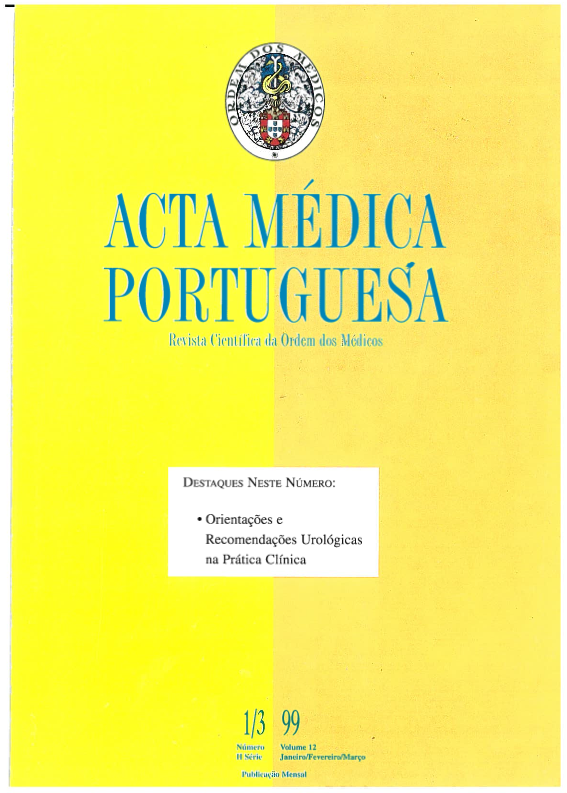Cystic kidney disease.
DOI:
https://doi.org/10.20344/amp.2113Abstract
The kidney is one of the organs most frequently affected by cystic disease, which can be defined as the morbidity attributable to the presence of renal cysts. Renal cysts appear in a series of very diverse hereditary anomalies, acquired or developmental, occurring as an isolated form or in association with other renal or systemic alterations. Cysts are microscopic or macroscopic abnormal cavities, with saccular or fusiform shape, coated with epithelium and filled with liquid. They origin in the nephron or the collecting tubules, with which a connection can be maintained or not. They can occur at any point in life, from the prenatal period to adulthood, and one or both kidneys may be affected in a focal or diffuse form. Renal cyst pathogenesis is not completely understood, although there is evidence that it may be caused by hyperproliferative dysplasic secretion and matrix remodelling alterations, modulated by endocrine, paracrine, juxtacrine and autocrine stimuli, which induce obstructive alterations that are determinant in its genesis and evolution.Downloads
Downloads
How to Cite
Issue
Section
License
All the articles published in the AMP are open access and comply with the requirements of funding agencies or academic institutions. The AMP is governed by the terms of the Creative Commons ‘Attribution – Non-Commercial Use - (CC-BY-NC)’ license, regarding the use by third parties.
It is the author’s responsibility to obtain approval for the reproduction of figures, tables, etc. from other publications.
Upon acceptance of an article for publication, the authors will be asked to complete the ICMJE “Copyright Liability and Copyright Sharing Statement “(http://www.actamedicaportuguesa.com/info/AMP-NormasPublicacao.pdf) and the “Declaration of Potential Conflicts of Interest” (http:// www.icmje.org/conflicts-of-interest). An e-mail will be sent to the corresponding author to acknowledge receipt of the manuscript.
After publication, the authors are authorised to make their articles available in repositories of their institutions of origin, as long as they always mention where they were published and according to the Creative Commons license.









